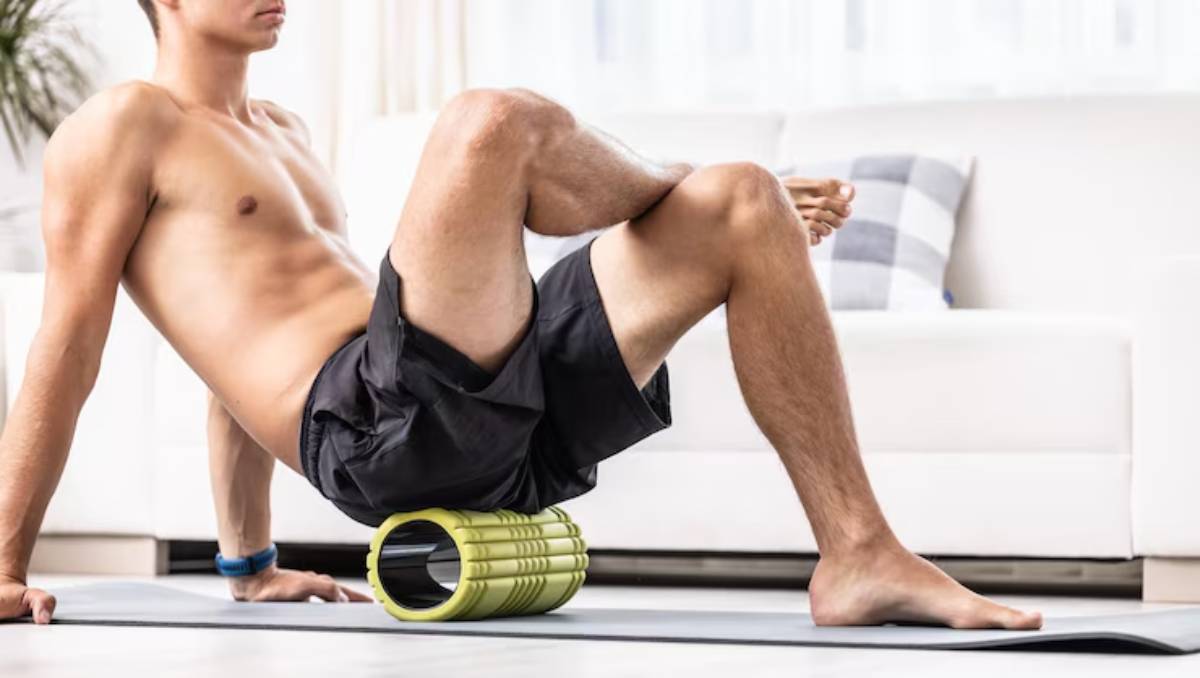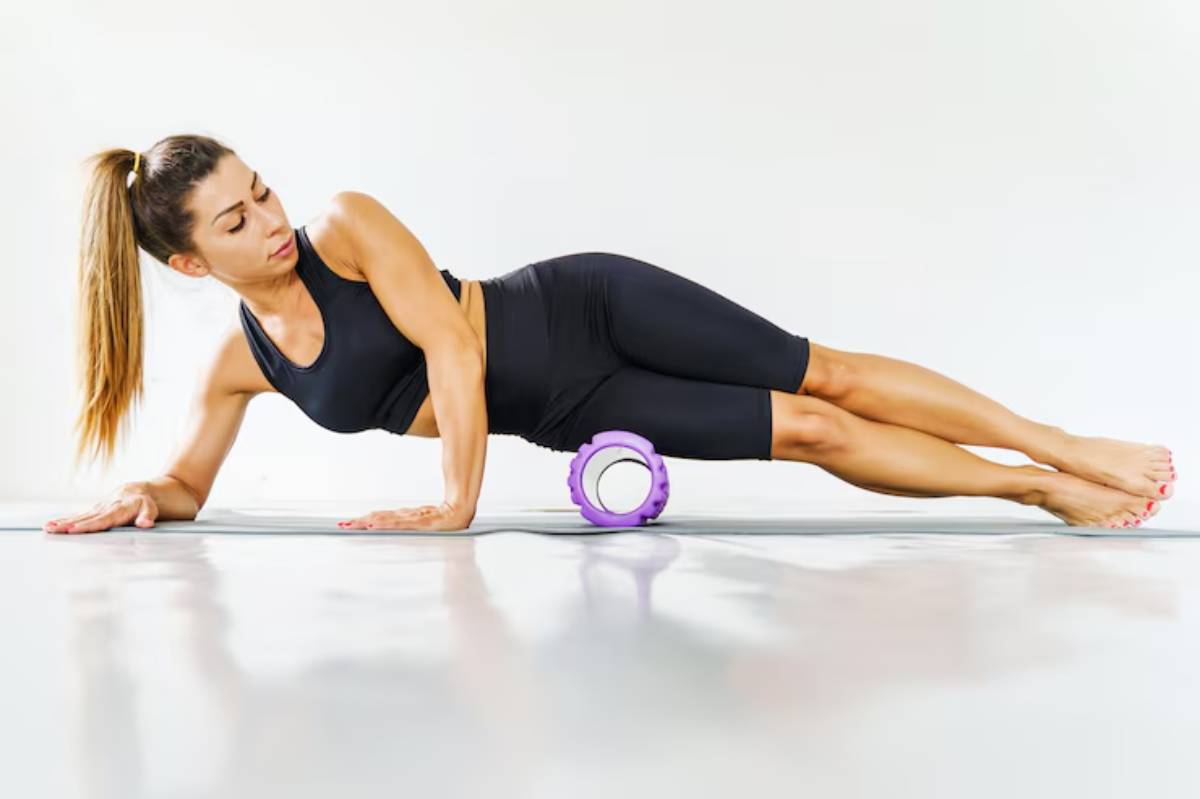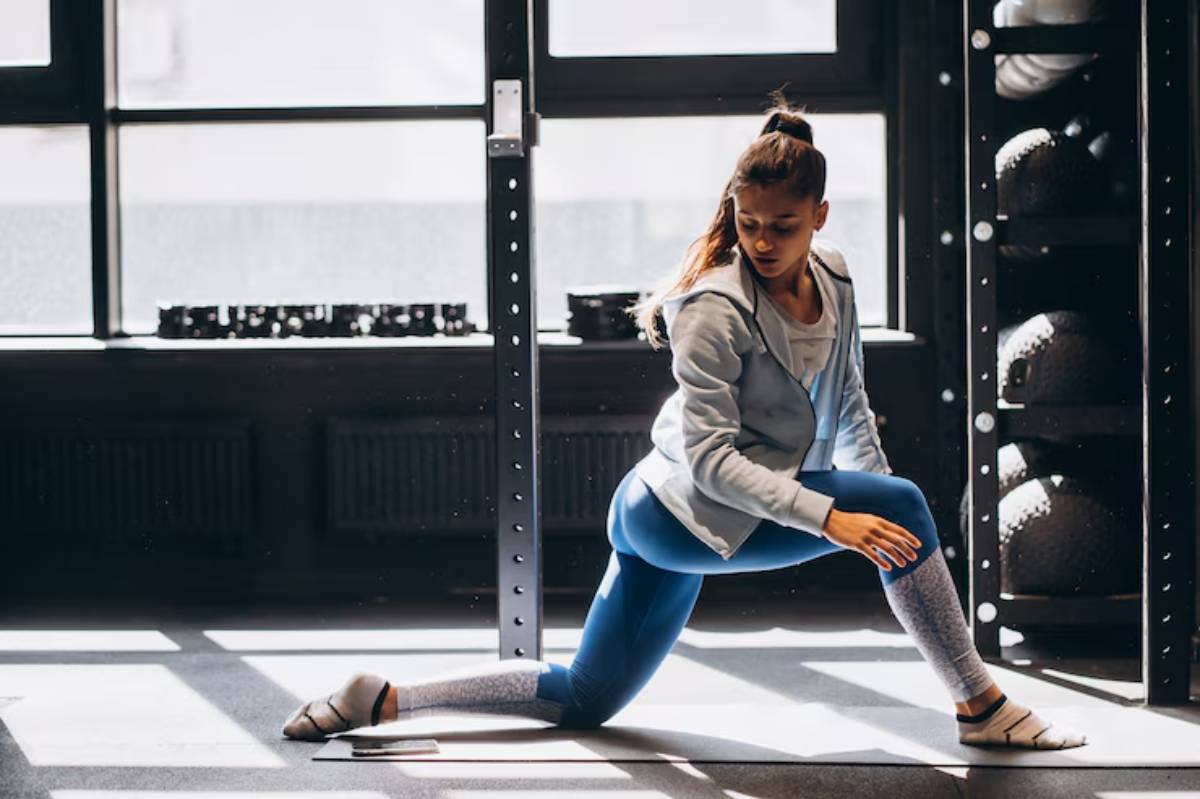
Self-Myofascial Release Techniques for Athletes
You finish a tough training session. Your muscles are tight, your body’s humming with effort, and all you want is something to help ease the tension and fast-track your recovery. You could book a massage — but what if you could get similar benefits, at home, on your own time?
Enter self-myofascial release (SMR) — a practical, affordable way to work on your fascia, reduce soreness, and improve mobility using tools like foam rollers, massage balls, and even your own hands. SMR is no longer reserved for elite athletes or physio clinics. With the right techniques and a bit of know-how, it’s something anyone can integrate into their routine, whether you’re training for a marathon or just trying to move pain-free.
In this fascia release guide, we’ll break down the what, why, and how of myofascial release at home, with a strong focus on safe and effective foam rolling techniques tailored for active individuals. Ready to roll? Let’s go.
What Is Myofascial Release?
Fascia is a web-like connective tissue that wraps around your muscles, joints, and organs. When it’s healthy, fascia is smooth and elastic, allowing muscles to glide freely. But through repetitive motion, poor posture, intense training, or inactivity, fascia can become tight or “stuck,” leading to:
- Restricted mobility
- Muscle imbalances
- Lingering soreness or stiffness
- Painful trigger points
Self-myofascial release (SMR) is a technique that involves applying pressure to tight fascia and underlying muscle tissue to:
- Break up adhesions (knots)
- Improve blood flow and nutrient delivery
- Enhance range of motion
- Accelerate recovery
In simple terms, it’s a DIY massage that helps your muscles recover and perform better.
Benefits of Self-Myofascial Release for Athletes
Whether you’re a sprinter, weightlifter, or weekend warrior, SMR can improve how you train — and how you feel.
Here’s what research and experience tell us:
- Speeds up muscle recovery: By increasing circulation and flushing out metabolic waste, SMR helps reduce soreness and shorten recovery time.
- Improves flexibility and mobility: Releasing fascial restrictions can enhance joint range of motion, making your warm-ups and workouts more effective.
- Reduces injury risk: Keeping soft tissues healthy prevents compensation patterns and stress on joints.
- Enhances performance: Better mobility + better muscle function = better output.
- Calms the nervous system: Especially when paired with breathwork, SMR can downregulate the body, reduce stress, and aid recovery.
A 2015 study in the International Journal of Sports Physical Therapy confirmed that foam rolling post-exercise reduced muscle soreness and improved vertical jump performance, even up to 72 hours after training.
Tools for Myofascial Release at Home
You don’t need fancy equipment.
These simple tools offer the most bang for your recovery buck:
- Foam Roller: Ideal for large muscle groups like quads, hamstrings, glutes, and upper back.
- Massage Ball / Lacrosse Ball: Great for pinpointing trigger points in the glutes, shoulders, feet, and pecs.
- Peanut Roller: Designed to cradle the spine or work on neck and calf areas without applying pressure directly to bone.
- Massage Stick / Rolling Pin: Best for calves, shins, and forearms — allows for more control and can be used while seated.
Choose the tool based on the area you’re targeting and how much pressure your body can comfortably tolerate. It shouldn’t feel pleasant, but it shouldn’t be agony, either.

Key Foam Rolling Techniques for Common Muscle Groups
When it comes to foam rolling techniques, consistency and technique matter more than intensity.
Here’s how to address the most common problem areas:
1. Quads and Hip Flexors
- Lie face down and place the roller just above your knee.
- Slowly roll up toward the top of the thigh.
- Pause and hold on tight spots for 20–30 seconds.
- For deeper release, roll one leg at a time.
2. Glutes and Piriformis
- Sit on the roller with one ankle crossed over the opposite knee.
- Tilt slightly toward the raised leg side and roll slowly.
- Use a massage ball for more targeted pressure.
3. Hamstrings
- Sit with the roller under your thighs.
- Lift your body slightly and roll from your glutes to above the back of your knees.
- Keep your feet relaxed to avoid tension.
4. Upper Back
- Lie back on the roller placed just beneath your shoulder blades.
- Cross your arms or support your head.
- Gently roll up and down mid-back — avoid rolling the lower back directly.
5. Calves
- Sit with legs extended, roller beneath your calves.
- Use your hands to lift and shift weight as you roll.
- Cross one leg over the other for more pressure.
Each session should last 5–15 minutes, depending on your training volume and areas of tightness.
When and How Often Should You Foam Roll?
You can use self-myofascial release:
- Before workouts: To prepare tissues and improve range of motion.
- After workouts: To reduce soreness and flush out by-products.
- On rest days: As part of a full-body recovery routine.
For best results, aim to foam roll 3–5 times per week, especially after high-intensity or heavy resistance sessions. You can make it part of your recovery day plan to keep fascia healthy and promote muscle regeneration.

Breathwork + SMR = Double the Benefit
One of the most overlooked aspects of SMR is how powerful it becomes when paired with breath control. Shallow or stressed breathing keeps your nervous system in fight-or-flight mode. Deep, slow breathing helps shift it into parasympathetic (rest and repair) mode.
While rolling:
- Inhale through your nose for 3–4 seconds
- Exhale slowly through your mouth for 5–6 seconds
- Focus on relaxing the area under pressure
This approach reduces guarding (unconscious muscle tension) and makes the release more effective, especially when used alongside breathwork and stretching for recovery.
Common Mistakes in Myofascial Release
It’s easy to think that more pressure equals better results, but aggressive rolling can irritate tissues rather than help. Avoid these pitfalls:
- Rolling too fast: You miss the opportunity to “melt” into the tissue. Slow down.
- Holding your breath: This tenses muscles and limits release.
- Spending too much time on one spot: 20–30 seconds is ideal. Longer can cause bruising or inflammation.
- Rolling bones or joints: Always stick to soft tissue areas.
- Forgetting alignment: Keep core engaged and posture aligned when rolling to avoid strain.
Treat your fascia with respect. You’re not steamrolling it into submission — you’re coaxing it into release.
Who Should Avoid or Modify SMR?
Most people can benefit from SMR, but those with certain conditions should proceed with caution or consult a physiotherapist:
- Recent injuries or surgeries
- Acute inflammation or swelling
- Varicose veins or blood clots history
- Pregnancy (especially in the third trimester)
Listen to your body — if a technique feels wrong or painful in a bad way, skip it and seek professional input.
Building a Recovery Ritual with SMR
A powerful way to make foam rolling stick is to pair it with an existing habit or anchor it to a routine:
- Post-workout cooldown
- Evening wind-down routine
- Rest day morning stretch session
- While watching TV or listening to a podcast
Even 5 minutes can make a difference. The key is to show up consistently, with curiosity and compassion for your body.
Conclusion: Myofascial Release Is an Athlete’s Secret Weapon
You train hard. You fuel your body. But if you’re not caring for your fascia, you’re leaving results on the table.
Self-myofascial release at home is an accessible, effective tool to enhance recovery, reduce injury risk, and optimise performance. When used regularly and mindfully, it becomes more than a recovery hack — it’s a way to build a deeper connection with your body.
So grab your roller, breathe deeply, and give your muscles the love they need to keep moving at their best.
Train. Release. Recover. Repeat.


